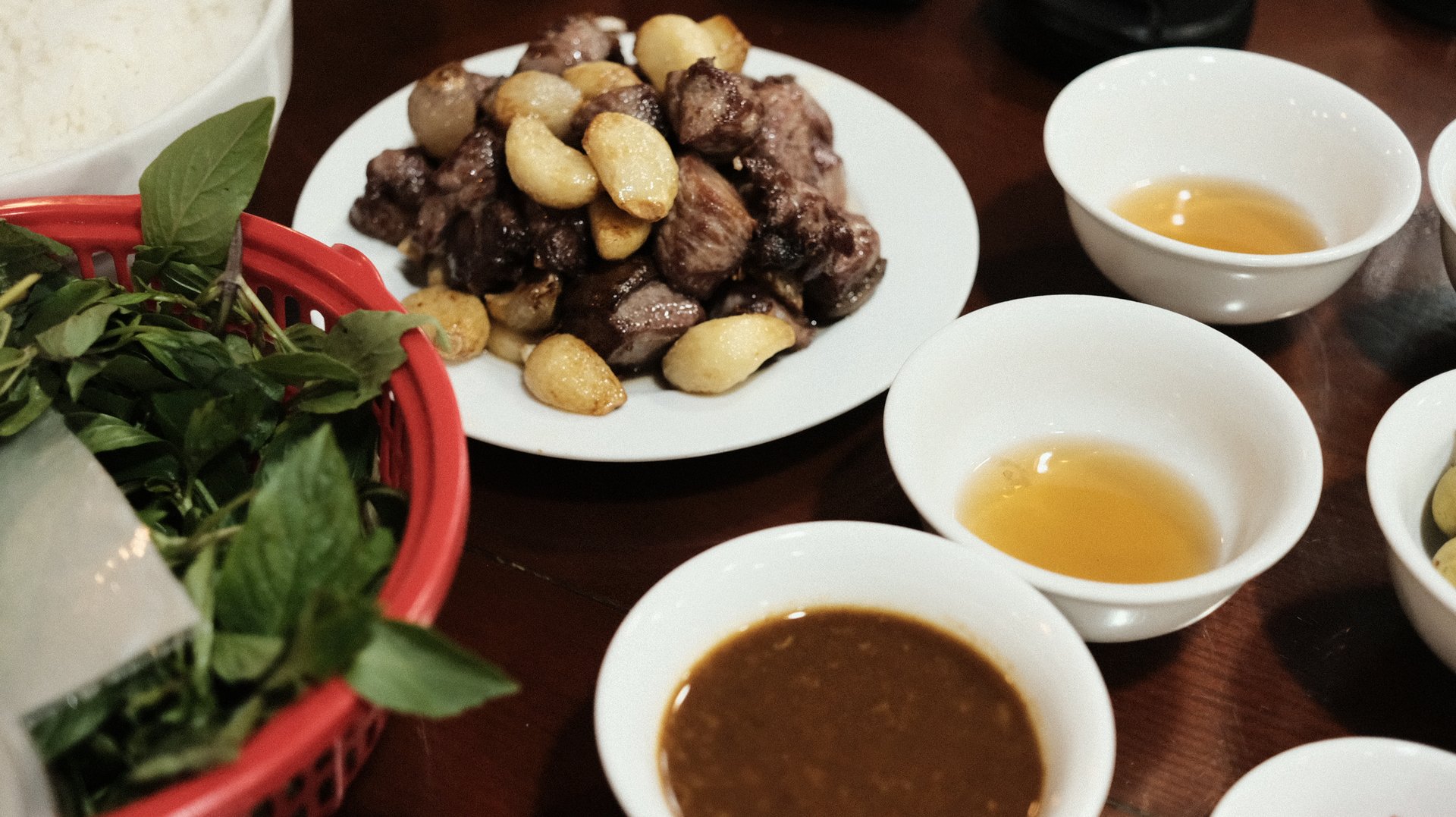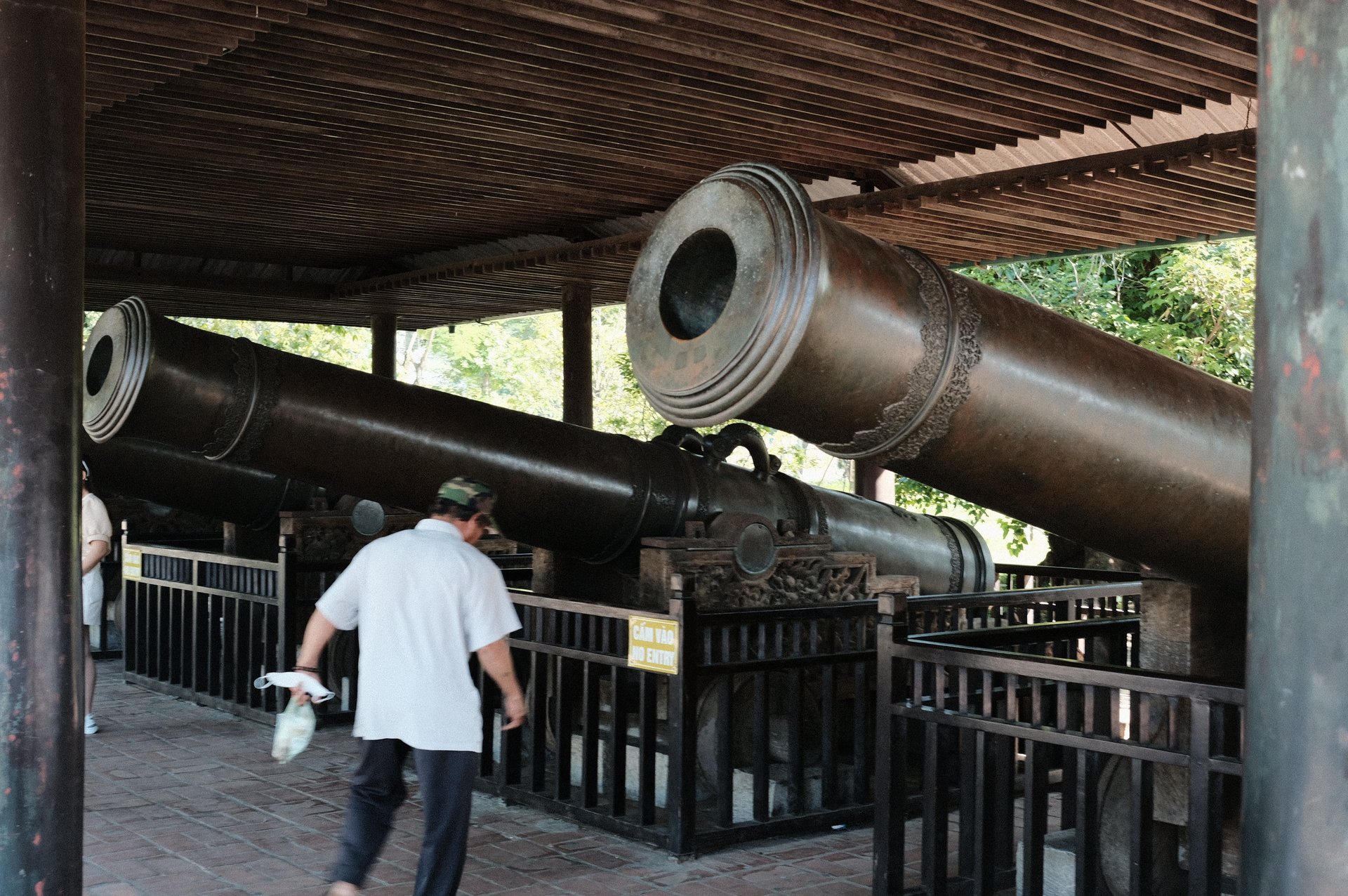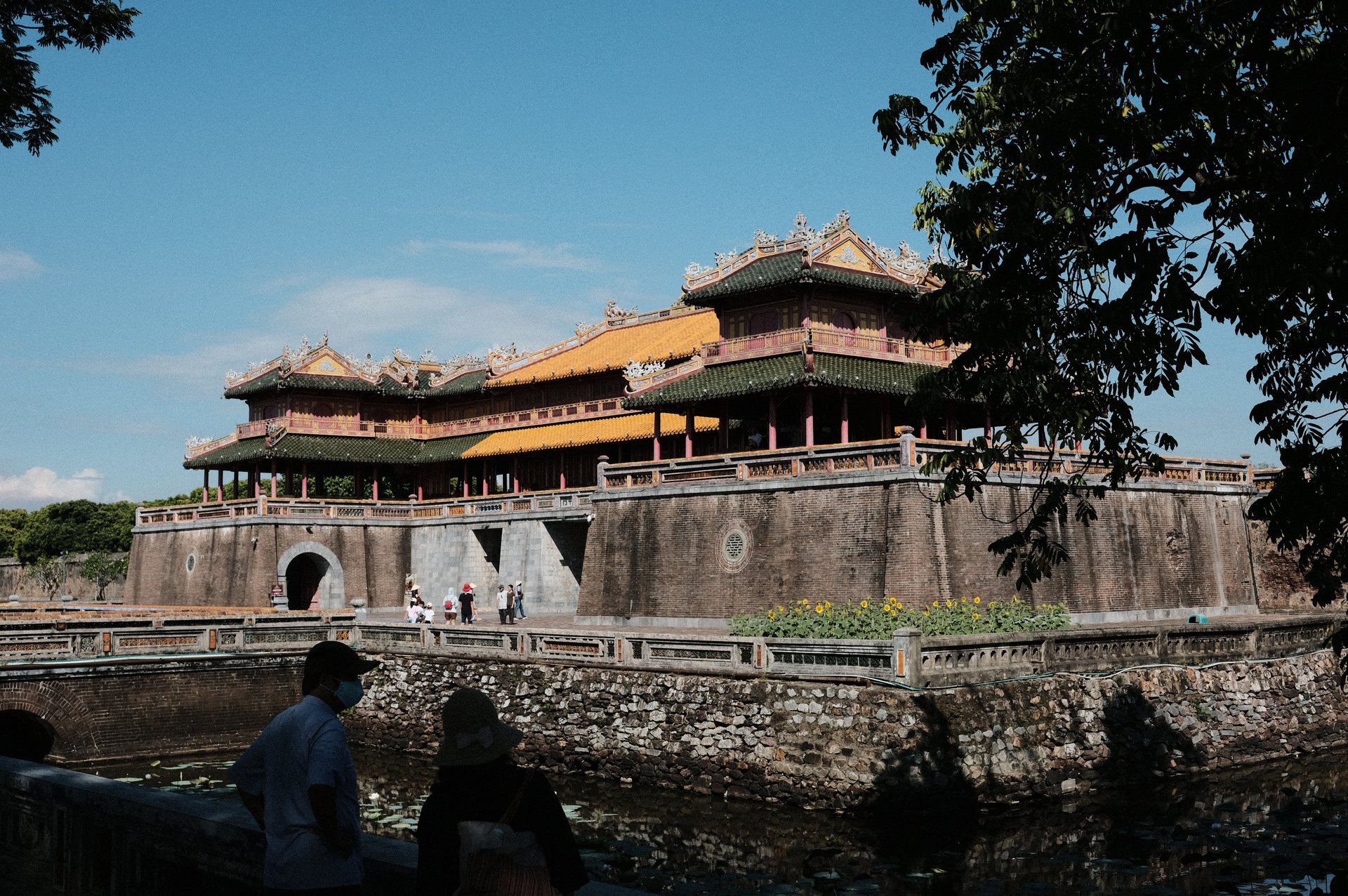The tales of two citadels, the begining and the end of Dai Viet Kingdom

The journey between the two citadels, now nestled in distinct provinces of Vietnam, spans a distance of 600 kilometers, traversable in a mere half-day's drive. However, despite their geographical proximity, the historical chasm between them yawns wide, stretching across a millennium. Over the course of a thousand years, marked by the rise and fall of various dynasties, these citadels—once inhabited by the same people—witnessed profound transformations in the Vietnamese spirit, rendering them scarcely recognizable as vestiges of the same nation.

The first among them, Hoa Lu citadel, nestled in Ninh Binh province, stands as a testament to the genesis of a kingdom—a humble beginning that laid the foundation for centuries of dynastic rule. In stark contrast, the second, Hue's Phu Xuan citadel, emerges as the pinnacle of grandeur and opulence, representing the zenith of Vietnam's imperial legacy. Remarkably, these two citadels encapsulate not only the bookends of a thousand-year epoch but also the myriad vicissitudes that shaped the course of Vietnamese history.
From the humble origins of Hoa Lu to the resplendent magnificence of Phu Xuan, the journey through these citadels unfolds a narrative of triumph and tragedy, resilience and renewal. It is a tale that transcends mere geography, inviting us to contemplate the enduring spirit of a nation forged through the crucible of time.
Ninh Binh - Hoa Lu
Located a few hundred kilometers from present-day Hanoi, the capital of Vietnam, Ninh Binh emerges as a sanctuary amidst a landscape dominated by the relentless grasp of the Chinese kingdom—a dominion that had held sway over this territory for millennia, subjugating the indigenous populace to its authority. Amidst this backdrop of imperial hegemony, Ninh Binh stood as a haven, offering refuge to local militias and nobilities who sought to carve out a realm of their own, shielded from external incursions.
The genesis of this nascent Vietnamese metropolis within the confines of towering mountain ranges was no accident; rather, it was a strategic imperative dictated by the region's unique geology and geography. Nestled amidst these natural bastions, the city of Hoa Lu boasted formidable defenses, capable of withstanding assaults from both the north, where the formidable Chinese civilization loomed, and the south, where the maritime power of the Champa Kingdom cast its shadow. Yet, as the tides of history would have it, the Champa Kingdom eventually succumbed to the burgeoning might of Dai Viet, paving the way for the ascendance of the Nguyen Dynasty to the south.
The rugged contours of the mountains served as the citadel's impregnable walls, transforming the Trang An stronghold into an impenetrable fortress, safeguarding the fledgling Vietnamese nation from external threats. However, the vestiges of Hoa Lu's former glory have faded with the passage of time. Today, all that remains are scattered remnants, interspersed with pagodas and temples that have been erected upon the ruins of this once-proud citadel, a poignant testament to its erstwhile grandeur.
Despite the ravages of time, Ninh Binh has not relinquished its heritage to oblivion. Through careful preservation efforts, both ancient relics and modern constructions stand as testament to the enduring legacy of Hoa Lu, ensuring that its storied past remains palpable amidst the passage of centuries.























Hue - Phu Xuan
It may seem peculiar to discover that Phu Xuan, now known as Hue, was once a territory freshly annexed from the Champa kingdom, following its demise several centuries prior. Contrary to popular belief, this historical gem nestled in Hue challenges the conventional narrative that places Hanoi as the epicenter of Sinophile and classical Far Eastern influence. Instead, it was in Hue where the seeds of Vietnam's Sinophilic transformation were sown—a process catalyzed by the Vietnamese royalty, who eagerly embraced elements of classical Sino-culture and integrated them into their daily lives.
Yet, the intrigue does not end there. Remarkably, the architectural blueprint of Hue Citadel reflects a fusion of diverse influences. While its foundation draws inspiration from the modern fortification techniques of the French military engineer Vauban, its aesthetic flourishes are reminiscent of the iconic Red Forbidden City of Peking, China. The marriage of these seemingly disparate philosophies within the citadel's design is a testament to the harmonious coexistence of cultural legacies, spanning continents and epochs.
In stark contrast to the gradual erosion of history witnessed in Ninh Binh, Hue retains a palpable connection to its storied past. The echoes of its erstwhile status as the capital city of Vietnam reverberate through the streets, as both nobility and commoners alike continue to uphold the traditions and customs of their royal heritage. Though the reign of the royal family came to an end eighty years ago, the indelible imprint of their legacy endures, shaping the fabric of daily life in this historic enclave.



















Have Story To Share?
Blog with Trip.Social

Reach new audiences and maximize your potential.